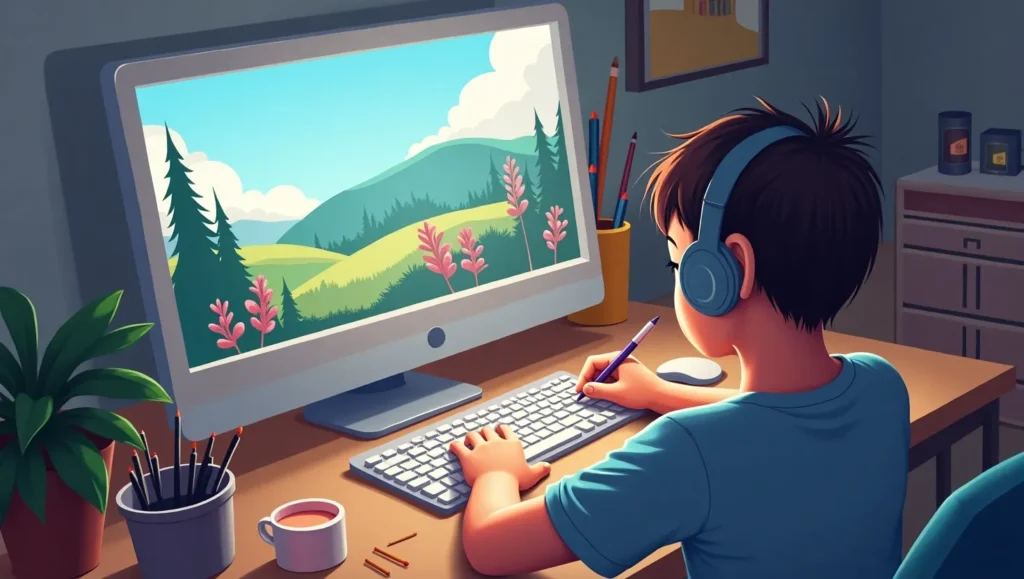Exploring Digital Art
Digital art is one of the most exciting and versatile forms of creative expression in today’s tech-driven world. Whether you’re a beginner looking to dabble in illustration or an experienced artist curious about new tools, digital art offers endless possibilities. From graphic design and digital painting to 3D modeling and animation, this medium allows artists to create, edit, and share their work faster than ever before.
Getting started with digital art can seem overwhelming because of the wide range of software, tools, and techniques available. However, with a structured approach and the right guidance, beginners can quickly learn the basics and start producing impressive digital creations.
Here’s a detailed guide to help you explore digital art and take your first steps confidently.
1. Understand the Basics of Digital Art
Before jumping into software, it’s important to understand what digital art entails:
- Digital painting and illustration.
- Vector art and graphic design.
- 3D modeling and animation.
- Photo manipulation and concept art.
💡 Tip: Start by exploring free online galleries and social media platforms to see different digital art styles.
2. Choose the Right Tools
The right tools make the learning process smoother:
- Hardware: A computer, tablet, or iPad with stylus.
- Software: Options include Adobe Photoshop, Illustrator, Procreate, Krita, and Blender for 3D work.
- Start with beginner-friendly or free software before investing in professional tools.
3. Learn Basic Techniques
Focus on foundational skills first:
- Understanding layers, brushes, and blending modes.
- Basic sketching and line work.
- Coloring, shading, and highlighting.
- Simple composition and perspective.
💡 Hack: Follow tutorials online or take beginner courses to build confidence.
4. Practice Regularly
Consistency is key to improvement:
- Dedicate at least 30–60 minutes a day to practice.
- Try small projects like icons, doodles, or digital sketches.
- Experiment with different styles to find your niche.
5. Join Digital Art Communities
Learning from others accelerates growth:
- Join online communities like DeviantArt, ArtStation, or Reddit’s digital art groups.
- Participate in challenges, contests, and collaborations.
- Share your work to receive constructive feedback and motivation.
6. Explore Advanced Features Gradually
Once you’re comfortable with the basics:
- Experiment with animation, 3D modeling, or concept art.
- Learn advanced software features like filters, masks, and vector tools.
- Incorporate textures, effects, and digital brushes for realism.
7. Build a Portfolio
Even as a beginner, start documenting your work:
- Save your digital projects systematically.
- Create a simple online portfolio or social media profile.
- Share your growth journey — it’s motivating and opens opportunities.
Final Thoughts
Starting in digital art can feel intimidating, but the key is to begin small, practice consistently, and explore different tools and techniques. Digital art combines creativity with technology, giving artists the freedom to experiment without the limitations of traditional mediums.
Remember, every expert was once a beginner. By understanding the basics, choosing the right tools, practicing regularly, and engaging with the community, anyone can gradually build confidence and skill in digital art. Embrace the learning process, stay curious, and enjoy bringing your imagination to life on the digital canvas.

